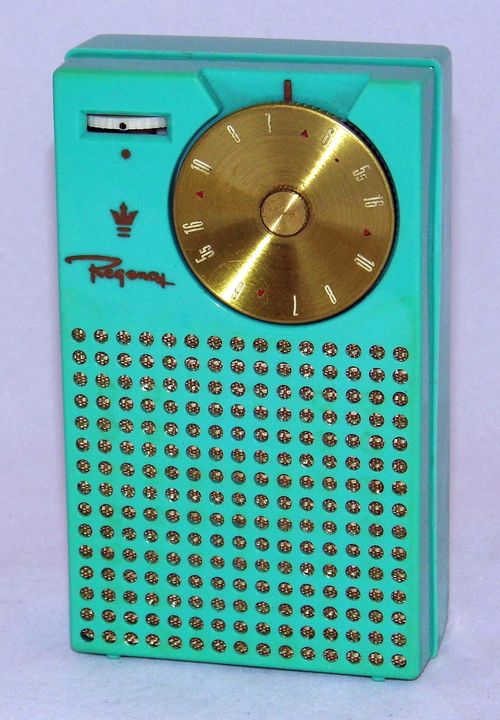History
The invention of the transistor radio receiver marked a significant milestone in the history of technology and communication. Introduced in the 1950s, transistor radios were a revolutionary advancement from the bulky, vacuum-tube-based radios that preceded them. The first commercially successful transistor radio, the Regency TR-1, hit the market in 1954. This device, powered by transistors instead of vacuum tubes, was smaller, more energy-efficient, and more durable, making it a popular choice for consumers.
Usage
Transistor radios quickly became a cultural phenomenon. Their portability allowed people to take their music and news with them wherever they went, something that was impossible with earlier radios. These radios became a staple in households, cars, and even outdoor activities. Whether it was listening to the latest hits on the beach, catching up on news during a morning commute, or enjoying a baseball game at the park, the transistor radio made it all possible. It also played a crucial role in emergency situations, providing critical information during power outages and natural disasters.
Legacy
The legacy of the transistor radio receiver is profound. It democratized access to information and entertainment, bridging gaps between urban and rural areas and making it easier for people of all backgrounds to stay connected. This innovation laid the groundwork for the development of modern portable electronic devices, influencing the design and functionality of gadgets like MP3 players, smartphones, and tablets.
Moreover, the transistor radio had a significant impact on the music industry. It helped spread rock ‘n’ roll and other genres, reaching younger audiences and fueling cultural shifts in the 1960s and beyond. The radio’s role in shaping public opinion, disseminating news, and providing a platform for diverse voices cannot be overstated.
In summary, the vintage transistor radio receiver stands as a symbol of technological progress and cultural change. Its history reflects a time of rapid innovation, its usage transformed daily life, and its legacy continues to influence modern communication and entertainment devices. The humble transistor radio remains a cherished piece of history, remembered fondly by those who experienced its heyday and appreciated for its lasting impact on society.
Share on Facebook.


